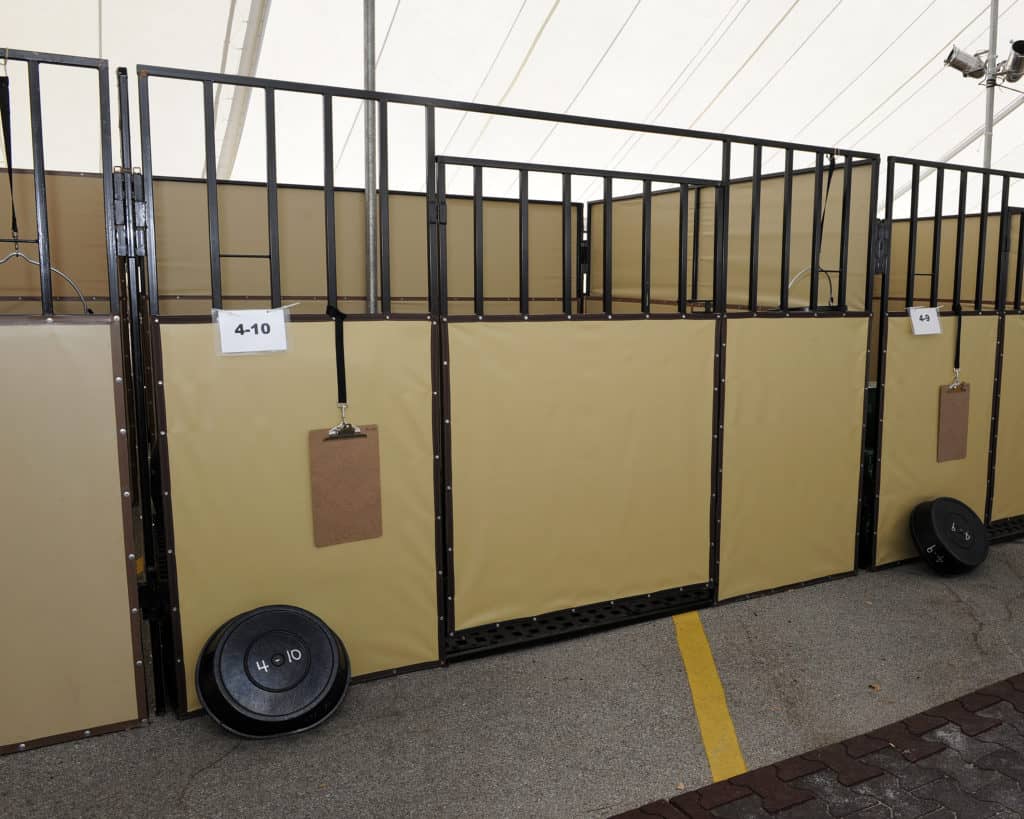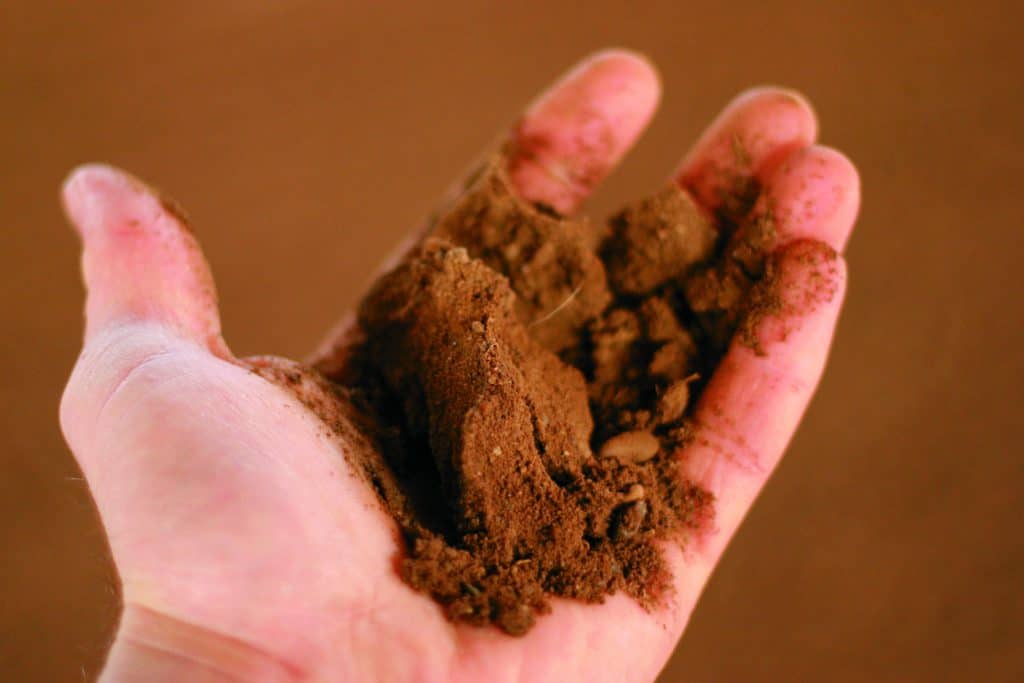
Build a Low-Cost Hay Feeder
Tired of seeing your horse eating in mud? Or wasting hay that gets buried in filth? Here’s any easy, low-cost way to build a chore-efficient feeder.
Design and maintain a healthy horse operation

Tired of seeing your horse eating in mud? Or wasting hay that gets buried in filth? Here’s any easy, low-cost way to build a chore-efficient feeder.
With budgets tight, a number of horse farm managers have reduced costs by using a hay harvest of overmature grass pastures for bedding. On the surface it makes sense to bed stalls with this stemmy hay. But be cautious when using it for pregnant mares in their last trimesters.
Fall is a good time to take stock of the quality of horse pastures. The weeds that were most prevalent and uncontrolled during the summer will now be large and producing seeds.

Find out how a simple investment of making sure your gutters and downspouts are in good working order can help manage mud around your horse barn.

Learn how the United States is safeguarding its horse population against foreign diseases with quarantine protocols for World Equestrian Games equine athletes.

From arena footing to walking paths, the Kentucky Horse Park improvements put the horse first.
Overseeding horse pastures is a pasture management practice that helps ensure good ground cover, quality grazing, and an aesthetically pleasing pasture in the coming year without major pasture renovations.

Tall ironweed is distributed widely across the eastern half of the United States and is found in low damp areas of pastures and roadsides. This tall, upright plant can approach 10 feet under optimum growing conditions but more commonly grows to about 5 feet.

Quarantine, confinement, and stress can affect World Equestrian Games (WEG) horses.

Common cocklebur is distributed widely across the United States and occurs in pastures and cultivated crops. Infestations in pastures are usually more of a problem during periods of drought or due to overgrazing and most frequently occur in field margins.
The wet spring weather and abundant clover growth in Central Kentucky has made 2010 a bumper year for slaframine toxin, or “slobber toxin.”
Detailed agricultural weather information that can be customized to a horse farm’s exact location is just one of the pieces of information available to Kentucky horse owners through the University of Kentucky’s College of Agriculture Weather Center.

Poison hemlock, cocklebur, Johnsongrass, and common ragweed can all be poisonous to horses under the right conditions. Dr. William Witt of the University of Kentucky discusses these weeds’ habitats and how to get rid of them.

Goosegrass is a warm-season grass that germinates and emerges in spring and grows throughout the summer until the first killing frost.
Tight budgets have caused several Central Kentucky horse farm managers to reduce straw bedding costs by harvesting overmature grass pastures and using the resulting stemmy hay as bedding.
The University of Kentucky Equine Initiative will host an equine farm and facilities expo June 1 from 3:30 to 8 p.m. EDT at Lexington’s Spy Coast Farm on Newtown Pike.
Stay on top of the most recent Horse Health news with
"*" indicates required fields